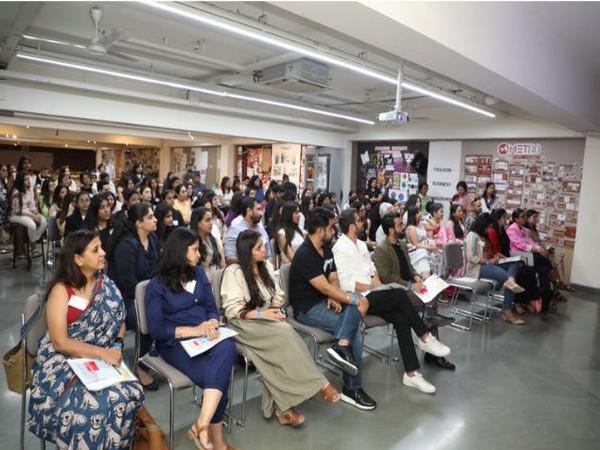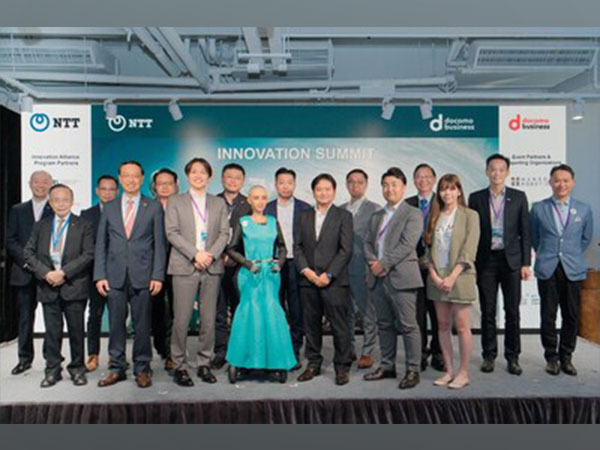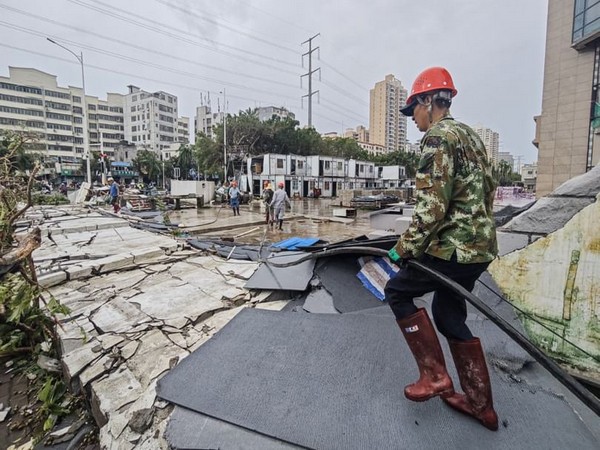
Can Design Create Social Impact? Experts Discuss at IIAD's Industry Conclave
May 16, 2024
NewsVoir
New Delhi [India], May 16: In a dynamic exchange of ideas, the fourth edition of Indian Institute of Art and Design's (IIAD) annual Industry Conclave brought together over 50 industry stalwarts from 40 leading brands, igniting discussions on how design can address pressing global challenges and create a social impact. From fashion giants like Urvashi Kaur Label to global corporations like Ernst & Young LLP, the conclave served as a platform for dialogue between industry experts and over 140 students and alumni.
The annual event witnessed the participation of industry heavyweights like Ernst & Young LLP, India Today, Charkhee, Groyyo, PDS Group, JCPenney, Urvashi Kaur Label, Design Plus, RLDA Studios, Miraggio, Genie Mode, Alt Mobility, QUOD, RATA, OR & Aur, Aaquib Wani Design, Kaboom Social Impact, Yellow Brick Road Media, PLUGD. Recognised for their innovative approaches, experts from these brands brought real-world insights and fueled thought-provoking discussions.
In a time marked by global challenges, the imperative for design to drive positive social change has never been more pronounced. This urgency takes centre stage as the theme of conclave: "Creating Social Impact by Design." The event focused on how design can tackle contemporary issues, with students and industry experts from diverse design sectors - communication, fashion design and fashion business management, and interior architecture and design--engaging in one-on-one dialogues through the World Cafe format.
Bridging the theory-practice gap, initiatives like Industry Conclave serve a dual purpose: sparking discussions on design's role in driving social impact, while offering students practical insights. Beyond theoretical frameworks, these interactions establish much-needed clarity on the practical applications of design across various industries, thereby equipping students with the skills and perspectives needed to navigate the complexities of the professional landscape.
The Role of Sustainability in Fashion
Sustainability dominated the discussions at the Fashion department, where fashion design and management experts, such as Urvashi Kaur (Urvashi Kaur Label) and Shilpi Nigam Sharma (JCPenney), tackled the multifaceted issue, dissecting its true meaning and the challenges of implementing sustainable practices within the industry. A key debate centred on balancing business needs with social impact by design. While sustainable practices often incur higher costs, the conversation emphasised clear communication with consumers to bridge this gap. Experts also challenged the notion of tradition as static in fashion, arguing instead for its evolution and adaptation to changing needs and community engagement. Deconstructing outdated practices and embracing authenticity emerged as key takeaways for driving sustainable fashion forward.
User-Centric Approach in Design and Cultural Sensitivity
Conversations at the Interior Architecture and Design department shifted gears, highlighting the importance of user-centric design. Experts such as Rahoul Singh (RLDA) and Abhishek Bij (Design Plus) emphasised the need for designs that adapt to specific contexts and celebrate the diverse needs of users. The dialogue expanded into ways to incorporate a range of design trends and materials while maintaining cultural sensitivity. Collaboration strategies were also a point of discussion, with some advocating for direct community involvement, not just within groups of design specialists. This focus on user-centricity and cultural awareness suggests a growing recognition of the impact interior architecture and design has on individuals and communities.
Value, Ethics and Audience Collaboration
Discussions at the Communication Design department underscored the importance of creating conscious designs that build upon existing ideas. Experts condemned the practice of free work and advocated strategies to empower local artists through fair compensation. Communication design leaders like Vandana Pant (Folklogue Studio) and Yogesh Gagotia (Simpleplan Media) emphasised the importance of ethical practices and audience-centric design. In this conversation, Nirmala Nair (Kaboom Social Impact) highlighted the need for an integration between design thinking and marketing, ensuring that sustainability is addressed throughout the entire design process. A key shift advocated for by experts was the evolution of designers from creators to facilitators, collaborating with audiences and iterating designs for maximum impact. This shift highlights the growing emphasis on both ethical practices and audience-centric communication in the field.
For a complete list of the design leaders who participated in the conclave, read below:



This Industry Conclave reflects IIAD's commitment towards bridging the gap between academia and industry, ensuring students become future-ready with the skills and real-world exposure that the industry seeks today.
(ADVERTORIAL DISCLAIMER: The above press release has been provided by NewsVoir. ANI will not be responsible in any way for the content of the same)









